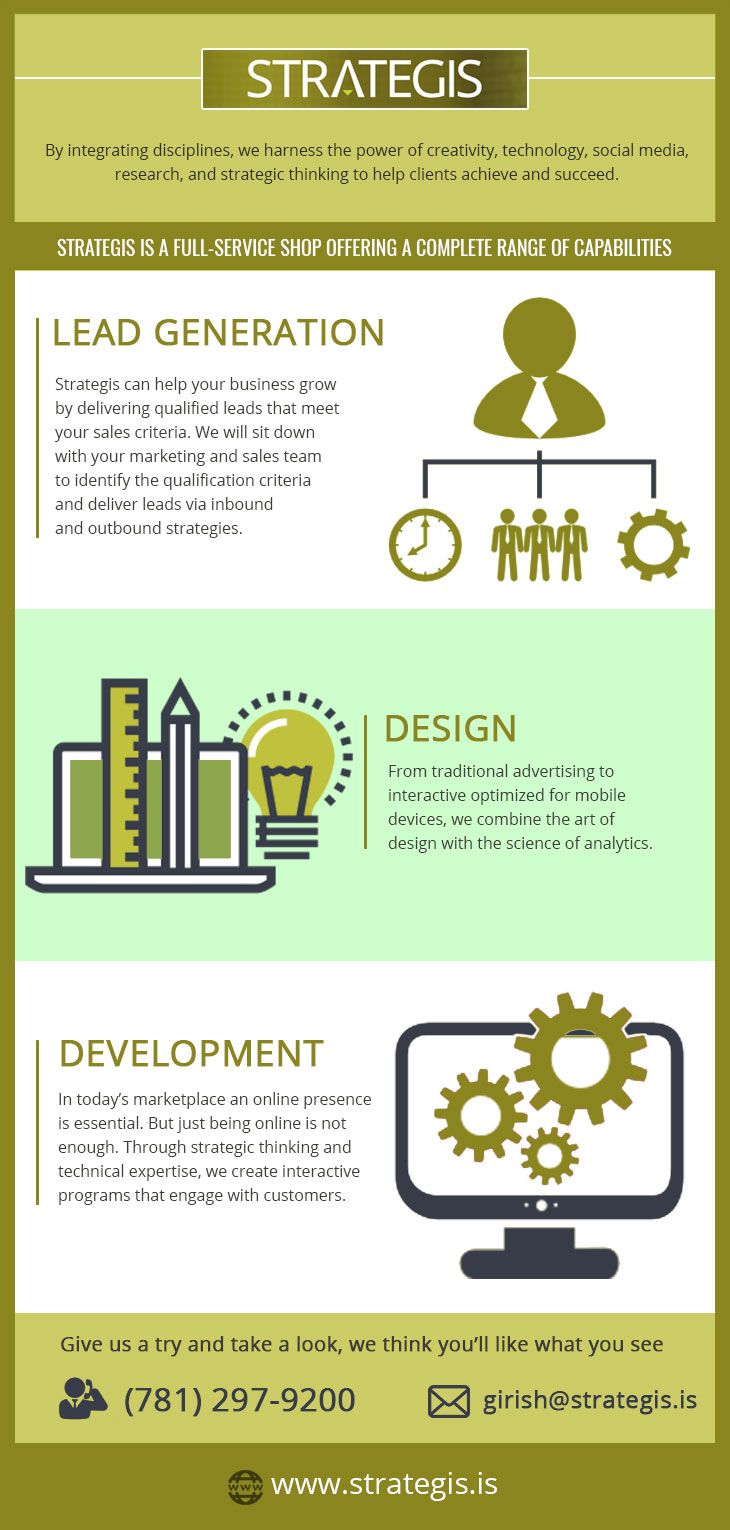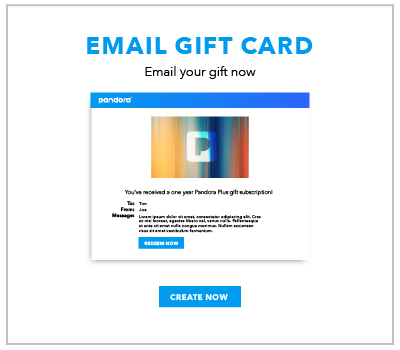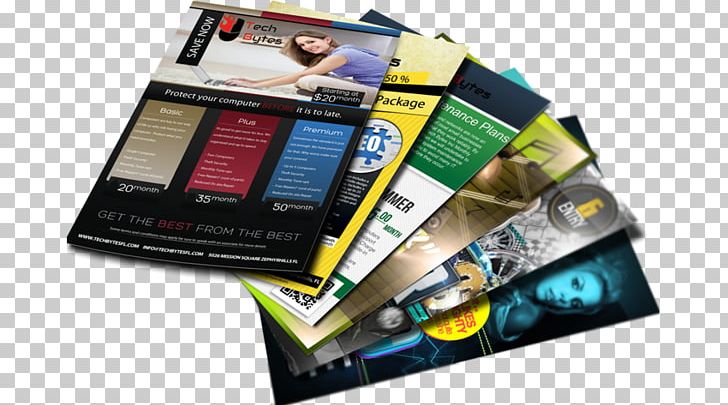
Digital media advertising has transformed in the last decade. It is now expected that digital media advertising will account 60% of global advertising expenditure by 2025. It has shifted from passive content consumption to active experiences, which is a key part of this shift. As a result, revenues have consolidated onto big technology platforms, such as Google and Facebook.
The adoption of programmatic real-time ad technology has helped to increase the digital advertising value. This technology allows for more precise targeting and improved ad delivery. It has also resulted in a growing concentration of revenues for Big Tech companies. Google has been recognized by the Competition and Markets Authority, (CMA), as the most dominant participant in the digital advertisement ecosystem.
The impact of data targeting techniques has also led to an increase in advertising images. While this may sound like a good thing, it is worth noting that the use of such techniques is not a panacea. It is also difficult to measure effectiveness of ads due to the complex nature and bidding process.

With more and more consumers accessing the internet through their mobile devices, advertisers are shifting their focus to social media channels. They are also beginning to use third party ad placements, such as pop-up ads, to reach a wider audience.
Digital advertising is evolving at an increasing rate, but the future of digital media remains elusive. For now, it is necessary to map the digital ecosystem and identify key players in your local market.
Before a business starts to invest in digital mediums, it should first determine its goals. These should include both quality and quantity measures. If engagement is the objective, the most common KPIs would be reviews, registrations or subscriptions. The brand's identity is the basis of a landing page that works well.
An agency should also be provided with a briefing on communications. The brief should highlight the importance and challenge media agencies to find relevant channels. A meeting with the media sales staff is a good idea.

Clarity and clarity in media planning is an important part of any communications brief. By ensuring that your agency has a defined process, you can ensure that your media buys are not just profitable but will also help your business achieve its objectives.
A combination of quality AND quantity is the key to any successful digital media marketing strategy. The most important aspect is to choose media that will drive enough change in consumers' behaviours to impact sales. This could be using display ads to influence online shoppers or using social media for the most relevant consumers. It doesn't matter what media strategy it is, it still needs to be reviewed and monitored regularly.
The impact regulation has on digital media advertising is crucial. Digital media advertising has been impacted by the proliferation of privacy issues, and regulatory considerations can have a significant impact on the ecosystem.
FAQ
What is an advertiser buyer?
Advertising space is purchased by an advertiser on TV, radio and printed media.
Advertisers pay only for the time their message is to appear.
They do not always look for the best ads, but are looking for the most effective to reach their target audience.
Advertisers might have certain demographic information about potential customers. This could include age, gender income level, marital status and occupation as well as hobbies, interests, and so on.
This data can be used by the advertiser to decide which media is most effective for them. They might decide direct mail is more effective for older people.
Advertisers also check out the competition. Advertisers may decide to place their ads in close proximity to similar businesses.
Advertisers also need to consider their budget size and how long they will spend it before it expires.
What should you know about printing advertising?
Print advertising is an effective medium for communicating with consumers. Print advertising is used extensively by companies to promote their products or services. The main goal is to catch the attention and buy from the consumer.
Print ads are usually one-page long. They contain text, images, logos, and any other graphics. They can also include sound and animation as well video and hyperlinks.
The following are the main types print advertisements:
1. Brochures: These large-format printed pieces are meant to draw customers into stores. Brochures are filled with eye-catching designs, colorful pictures, and attractive graphics.
2. Catalogues – These are smaller versions to brochures. They are typically sent to customers who have requested information on specific items.
3. Flyers – These are tiny pieces of paper distributed at events like concerts or fairs. These flyers are usually free, but they must be purchased if given to retail outlets.
4. Posters – These are larger versions for flyers. These flyers can be displayed on buildings, fences and walls. These are often created with computer software programs to grab the attention of passersby.
5. Direct mail: These are postcards or letters that are sent directly by post to potential customers. These cards are sent by companies periodically to remind their customers about their company.
6. Newspaper Ads are placed in newspapers and magazines. These are typically quite long and often contain text as well images.
Advertising what is it?
Advertising is an art form. It's not just about selling products. It's about building emotional connections between brands and people.
Advertising is all about telling stories with images and communicating ideas.
Communication must be clear and persuasive. You must tell a story that is relatable to your target market.
Advertising is thus different from other forms, such public speaking, writing, and presentations.
You are building a brand identity when you run a successful advertising campaign.
This is how you are memorable. You will be remembered by others.
What is branding?
Your brand is the way you express who you are and what your stand for. It's how you make people remember you when they hear your name.
Branding is about creating a memorable brand identity for your company. A brand isn't just a logo. It also includes everything you do, including your physical appearance as well as the tone of voice that employees use.
A strong brand makes customers feel more confident about buying from you. This gives customers the confidence to choose your products over other brands.
Apple is a great example of a brand-named company. Apple is a globally recognized brand because of its beautiful design, high-quality product lines, and friendly customer service.
Apple's brand is synonymous with technology. Apple is synonymous with technology.
You should think about creating a brand if you are considering starting a business. This will give your business a personality and face.
What is an advertisement campaign?
An advertising campaign is a series of advertisements designed to promote a product or service. This could also include the entire production of these ads.
The Latin word for selling is "ad." Marcus Terentius Varro (116–27 BC), was the first to make it a verb, meaning "to make sale".
Advertising campaigns are usually done by large companies and agencies. Many media types can be used in these campaigns, including television, radio and print.
Advertising campaigns usually last several months, and they have specific goals. One example is that some campaigns seek to create awareness while others are more focused on increasing sales.
What is the best way to advertise online?
Internet advertising is a key part of any business strategy. It allows companies to reach potential customers at low costs. There are many forms of internet marketing. Some are completely free while others require payment.
There are many ways to advertise online, including pop-up ads and banner ads. Each method offers its own advantages and disadvantages.
What is the best way to learn about television advertising?
Television advertising has the potential to reach large audiences at once. It was also quite expensive. However, if you use it well, it can be incredibly powerful.
Although there are many types, TV ads share certain common characteristics. Planning any TV ad should start with ensuring it fits in its category. Don't confuse a lifestyle ad with a product advertisement if you are running a commercial. Your message should remain consistent throughout the campaign.
Second, prime-time hours are the best times to air your ads. This is because viewers tend to watch TV while sitting down in front the television. You want them relaxed enough that they can focus on you words.
Last but not least, just because you have a lot of money does not mean that you will get great results. However, this may not be true. A study conducted by the University of California found that commercials aired during popular shows were less likely to sell products than those aired during unpopular shows. So, if you spend a lot of money on TV advertising, ensure you do it right.
Statistics
- It collects money from the advertisers, keeps 32% for its role in facilitating the process, and the remaining 68% goes to the publisher (you). (quicksprout.com)
- Worldwide spending on advertising in 2015 amounted to an estimated US$529.43 billion. (en.wikipedia.org)
- Advertising spending as a share of GDP was about 2.9 percent. (en.wikipedia.org)
- This means that at least 50% of an ad needs to be shown on the screen for at least one second. (quicksprout.com)
External Links
How To
How to advertise Facebook
Facebook is one of the most popular social media platforms worldwide. Facebook is used every month by an estimated 1 billion people. Facebook is therefore one of largest companies worldwide. Facebook's unique features include chat, video call, games, and many other great features. Facebook accounts allow users to share photos, comments, send messages, play video games, and watch videos. Facebook also allows businesses and individuals to promote their products through advertisements. These advertisements may include text ads and banner ads as well as sponsored stories and promoted posts.
Facebook advertising comes in two forms. Paying for advertising is one option. You can also use free methods. We'll show you how to do this.
How to advertise on Facebook through paid options
Paid advertising on Facebook is done by paying Facebook directly for each impression. You can pay monthly or annually. Facebook offers various forms of paid advertising. These are:
Text ads - These look similar to regular text advertisements. Text ads appear above or under the feed, instead of next to newsfeed items.
Banner ads are rectangular images that occupy a full screen page. They usually show an offer or product.
Promoted posts - These are similar to regular posts and appear at the top newsfeed. Promoted posts are often used by businesses to promote their products.
Sponsored Story - These are short stories that contain relevant content and appear at users' top feeds. These stories are paid for by businesses and brands looking to reach potential customers.
Advertising using Free Options
Facebook offers free advertising. These include Text ads as well as Banner ads, Promoted Posts and Sponsored Stories.
However, unlike regular Facebook, you cannot create a custom audience when doing free advertising. You cannot target people based upon their gender, age, location, language or interests.
How to get started with advertising on Facebook
Signing up for an account is the first step to advertising on Facebook. You will then be able access to all of the tools. Follow the below steps to set-up your account.
-
Click "Create a new ad set."
-
Add a name to your ad-set.
-
Select the type you'd like to advertise (text, image, or video).
-
Choose which locations you would like to target.
-
Fix the budget amount.
-
If you use Facebook Audience Network, select it from the drop-down menu.
-
Click "Next Step."
-
Click "Review and continue".
-
Check your selections and click "Continue."
-
Please complete any additional information.
-
Click "Save Changes."
-
Before you start your campaign, wait until your ad campaigns have expired.
-
After your campaign is over, click on "View Ad Statistics".
-
Your campaign's results can be viewed here.
-
Continue to repeat steps 13-16 until your business has the right settings.
-
Get started advertising!